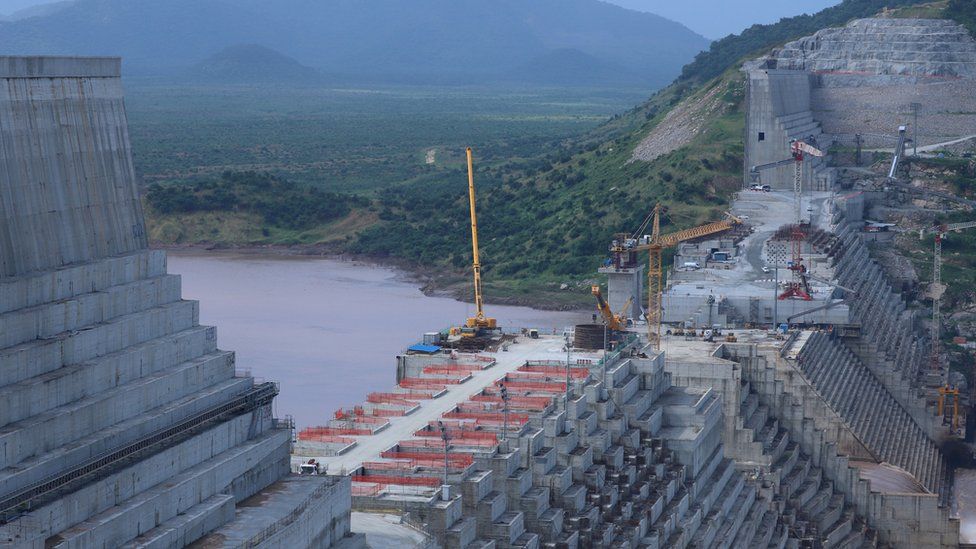
Ethiopia began generating electricity from the controversial Blue Nile dam. Here’s more about the new development and why it is the root of the dispute.
What is the controversy behind the Nile dam?
On Sunday morning, one of the 13 turbines on the Grand Ethiopian Renaissance Dam began generating power after the official inauguration by Prime Minister Abiy Ahmed. “From now on, there will be nothing that will stop Ethiopia,” he said. Once complete, it will be the largest hydroelectric dam in Africa. “We just started generating power, but that doesn’t mean the project is completed. It will take from two and a half to three years to complete it,” stated Kifle Horo, the project manager.
In total, the Nile Dam is going to generate a total of 6,500 megawatts. However, the project is also the root of controversy between Sudan, Egypt, and Ethiopia. SO far, the nation has completed two fillings of the dam. However, the speed at which they are filling and the amount of water going to be released during possible droughts are unsolved. Egypt is fearing that a fast filling will reduce the share of Nile waters. hence, they are seeking a legal agreement to prevent future disputes.
Why are Sudan and Egypt against the project?
Abiy believes that the Nile dam will benefit both Egypt and Sudan. Severals talks took place to solve the disputes. “We want to export our pollution-free electricity to Europe through Sudan and Egypt, so the way forward is cooperation among us. Ethiopia doesn’t want and intend to harm anyone else,” he explained. Furthermore, Ethiopia is contending that the $4.2 billion Nile dam is essential for the country’s development. After all, the success of the project is the distribution of the nation’s 110 million-strong population.
Egypt depends on the river for 97 percent of drinking and irrigation water. The dam can be a threat to their basic needs. Although Sudan is hoping this dam will help in regulating water, it is fearing that this dam’s operation can affect their dams. The construction of the 145-meter high dam began in 2011. It is present on the Blue Nile in Benishangul-Gumuz in western Ethiopia. However, design flaws and embezzlement caused a delay in completion.
